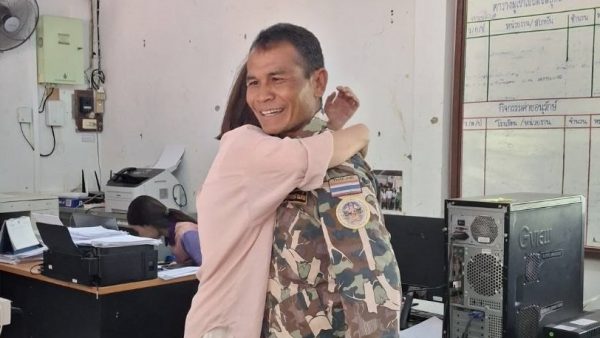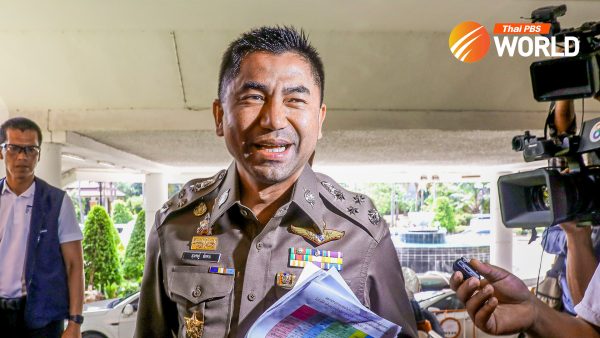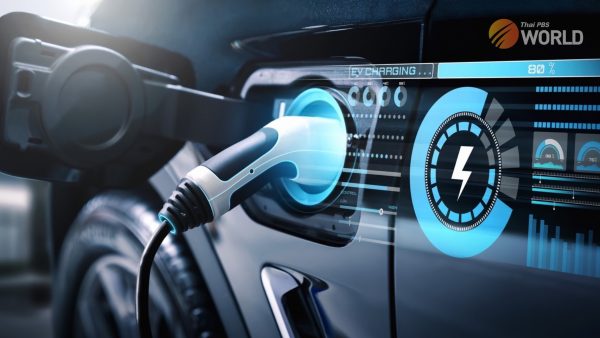The electoral system is the key

A huge crowd of voters queue up to cast their votes at the polling station at Sukhothai School in Dusit area, Bangkok.
The March-24 general election is being seen as a major political transition for Thailand. It will see a contest between those wanting to see the country return to full democracy and those who still have faith in continuing political role of the military. The electoral system that most Thais are not familiar with may hold the key.
- It’s the country’s first general election since 2011 and the first since the democratically-elected Yingluck government was toppled in a military coup in 2014. Though a snap general election was held in 2014 amid political conflicts and boycott it was subsequently declared void and null by the Constitutional Court.
- It will be held using the mixed-member proportional (MMP) representation system in which voters cast only one vote to decide both the representative for their single-seat constituency and those on the party list candidates. The number of MPs each party receives is proportional to the number of votes it gets. The party’s MPs come first from those who win their electoral seats, and any shortfall is made up from the list.
- In this election, there will be 350 MPs from single-seat constituencies and 150 MPs from party lists.
- Prime minister will be chosen from the prime ministerial candidates representing the contesting political parties, with the consent of both the House of Representatives and the non-elected Senate.
- Critics of the National Council for Peace and Order (NCPO) which staged the coup in 2014 believe that the electoral system was deliberately designed in favour of military-supported parties.






